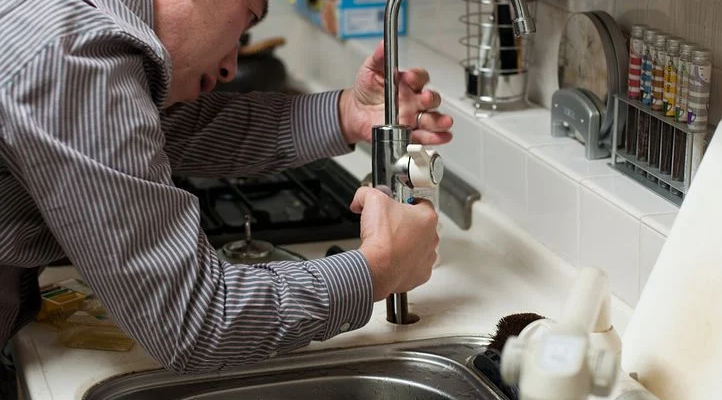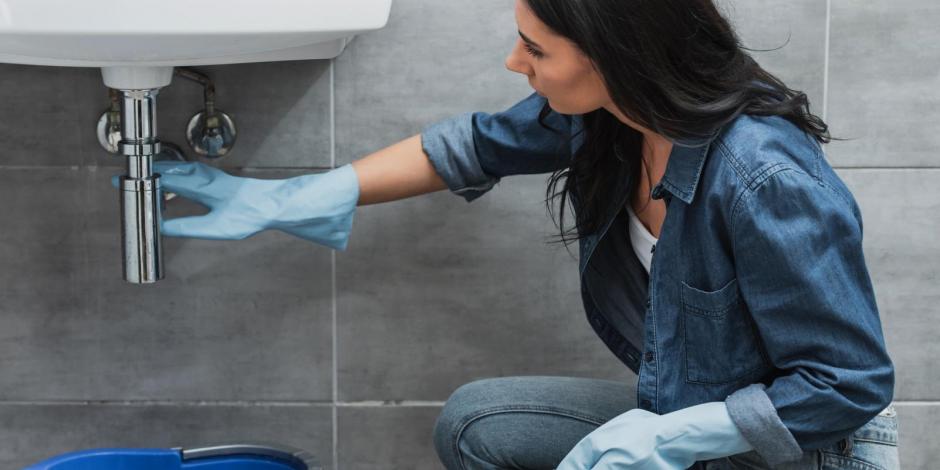When to Manage Plumbing Problems Yourself vs. When to Consult a Skilled Plumber
When to Manage Plumbing Problems Yourself vs. When to Consult a Skilled Plumber
Blog Article
Have you been interested in critical info about When to Call a Plumber? DIY or Professional Help?

Introduction
Plumbing problems can vary from minor hassles to major headaches, frequently prompting homeowners to make a decision in between taking on the trouble themselves or hiring a professional plumber. Understanding when to DIY and when to look for specialist assistance can conserve time, money, and avoid potential calamities. This article checks out the elements to take into consideration when making this crucial decision.
Benefits of DIY Pipes
Handling pipes jobs yourself can be satisfying in a number of methods, especially for simpler projects.
Cost Cost savings
Do it yourself plumbing jobs often conserve money by avoiding expert service fees. Jobs like taking care of minor leaks, replacing taps, or mounting new showerheads are instances where home owners can take care of fixings without employing a plumbing.
Skill Enhancement
Taking part in do it yourself plumbing provides a chance to learn and boost sensible skills. Standard jobs equip property owners to recognize their plumbing systems much better and get confidence in managing small fixings individually.
Threats of Do It Yourself Pipes
While do it yourself tasks supply advantages, particular risks should be meticulously thought about before trying repairs.
Intricacy of Tasks
Some pipes concerns require specialized understanding and devices past normal house owner capabilities. Mishandling complicated troubles can bring about more damages and pricey fixings.
Safety Issues
Dealing with pipes systems entails risks such as direct exposure to water damages, possibility for electric risks, and dealing with tools improperly. Safety preventative measures have to be observed to stop accidents and ensure reliable repair services.
Indicators to Call a Professional Plumbing Professional
Identifying when a pipes concern exceeds DIY abilities is critical to preventing intensifying issues.
Indications of Facility Issues
Examples include:
Motivate expert treatment is essential to resolve these issues effectively and lessen damages.
DIY Plumbing Tips
For effective do it yourself pipes, it's necessary to be prepared with the right devices and follow proper procedures.
Standard Devices and Products
Key tools for DIY plumbing:
Step-by-Step Guides
Clear directions make certain safe and reliable DIY repair work:
Picking the Right Time to Do It Yourself
Figuring out when to tackle pipes tasks yourself requires examining both the complexity of the issue and personal convenience levels.
Analysis Checklist
Take into consideration:
When to Most Definitely Call a Professional
Specific circumstances demand prompt expert focus to prevent comprehensive damages or safety and security risks.
Examples consist of:
Searching for and Working With a Specialist Plumber
Picking a qualified plumber ensures trustworthy solution and satisfaction in fixing pipes issues.
Standards for Selection
Aspects to consider:
Cost Evaluation: DIY vs. Specialist Solutions
Contrasting the economic implications of DIY efforts versus professional plumbing services helps in making informed decisions.
Financial Considerations
Examine:
Conclusion
Choosing whether to DIY or call a specialist plumber rests on comprehending the complexity of pipes issues and individual capacities. By weighing the benefits and threats, home owners can make informed selections that promote reliable maintenance and secure their homes from pipes calamities.
DIY Plumbing Projects: What Homeowners Can Do and When to Call a Professional
Welcome to our comprehensive guide on DIY plumbing projects. In this blog post, we aim to empower homeowners with the knowledge and skills to tackle basic plumbing tasks around the house. From unclogging drains to fixing a leaky faucet, we’ll walk you through step-by-step instructions on how to handle these common issues.
However, not all plumbing problems can or should be solved with a DIY approach. Recognizing when a problem is beyond your skill level and requires professional intervention is just as important as knowing how to perform basic tasks. We’ll also discuss the signs that indicate it’s time to put down your tools and pick up the phone to call a professional plumber. By understanding when to DIY and when to call a professional, you can save time, avoid potential disasters, and ensure your home’s plumbing system remains in top shape.
Understanding Plumbing Basics
Before we dive into the DIY projects, let’s take a moment to understand the basics of your home’s plumbing system. A typical residential plumbing system consists of two major components: the water supply system, which brings fresh water into your home, and the drainage system, which removes waste water. These systems are made up of a network of pipes, valves, and fixtures that work together to deliver clean water and dispose of waste efficiently.
Regular maintenance of your plumbing system is crucial to prevent minor issues from escalating into major problems. This includes tasks like checking for leaks, removing minor clogs, and ensuring your pipes are insulated for winter. By performing these tasks regularly, you can extend the lifespan of your plumbing system, save money on water bills, and maintain the comfort and hygiene of your home.
In the following sections, we’ll explore some common DIY plumbing projects that homeowners can handle, as well as situations that require the expertise of a professional plumber. Whether you’re a seasoned DIY enthusiast or a beginner, this guide will provide you with valuable insights into the world of home plumbing.
DIY Plumbing Projects Homeowners Can Handle
Plumbing may seem intimidating, but there are several tasks that homeowners can confidently tackle with a little guidance and the right tools. Here are a few common issues you might encounter and how to address them.
Unclogging Drains
Use a Plunger: This is your first line of defense. A good old-fashioned plunger can dislodge the obstruction and clear the drain in many cases. Try a Plumber’s Snake or Hand Auger: If the plunger doesn’t work, a plumber’s snake or hand auger can reach deeper into the pipe to break up the clog. Use a Drain Cleaner: If physical methods fail, a chemical drain cleaner can dissolve the clog. However, use these products sparingly as they can damage your pipes if overused.

I am just very serious about DIY vs. Professional Plumbing Repairs: When to Call a Pro and I really hope you appreciated the entire post. Do you know about somebody else who is very much interested in the topic? Do not hesitate to share it. Thank you so much for your time spent reading it.
Schedule Appointment Now Report this page